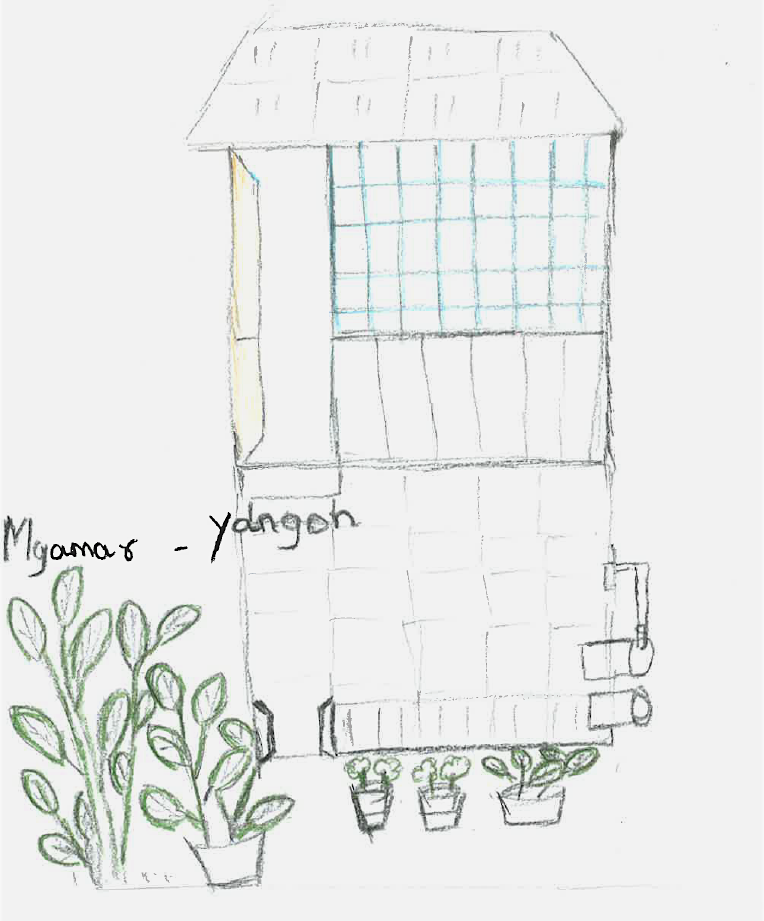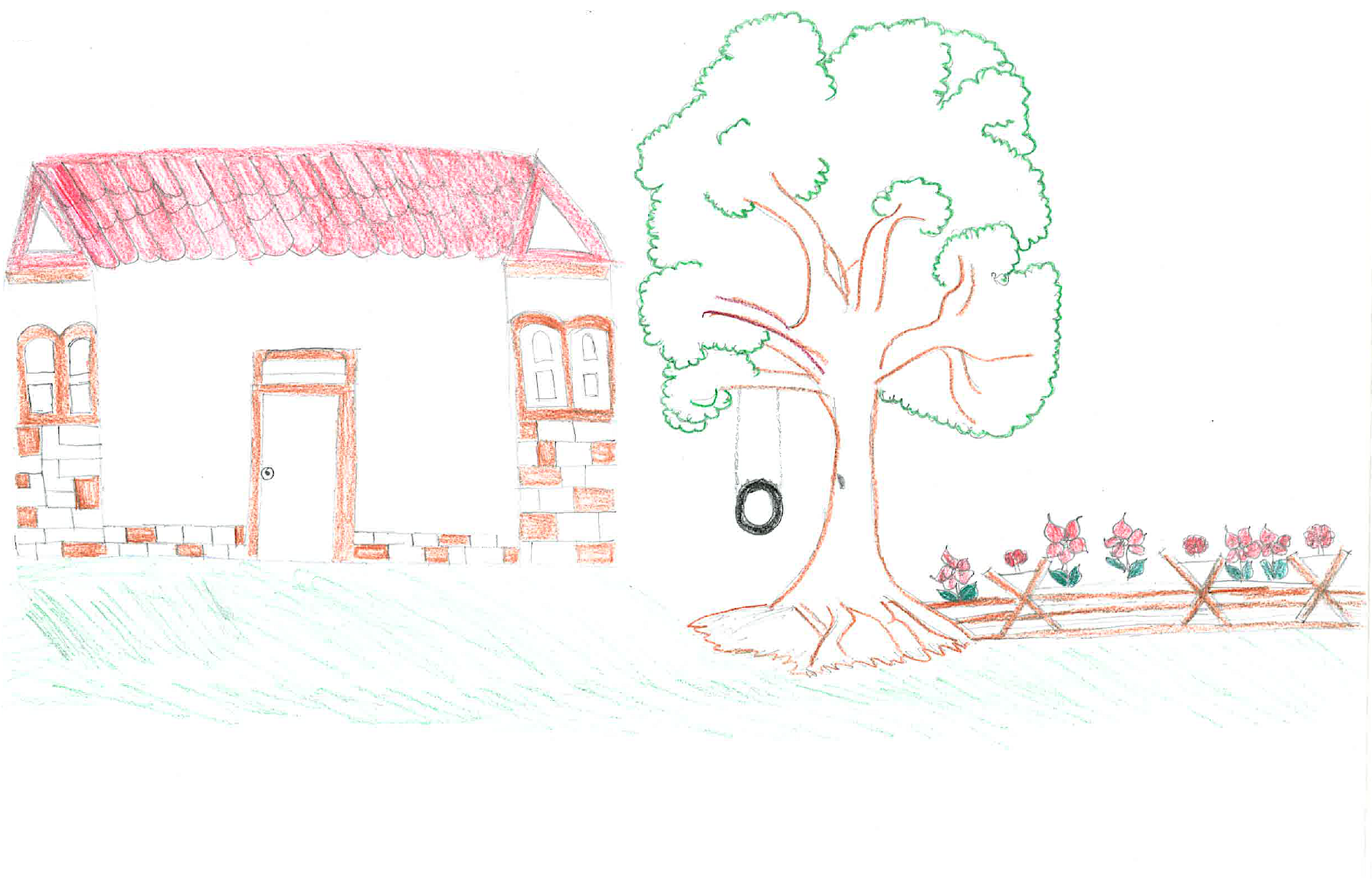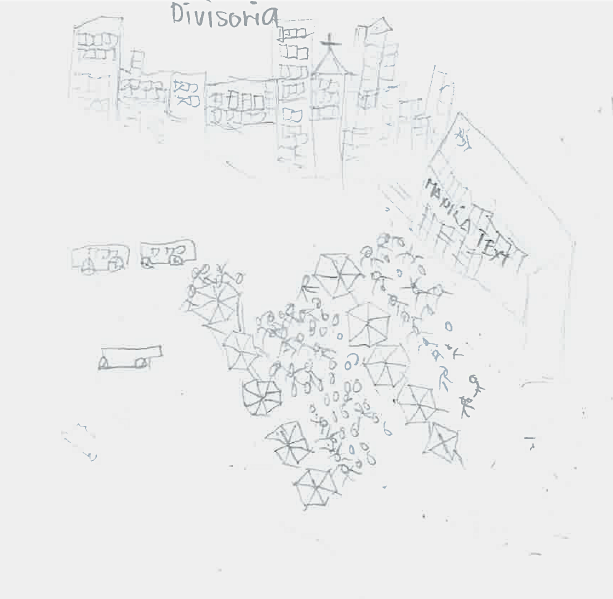
making hidden spaces visible
In recent years there has been a growing body of scholarship on the use of alternative research methods in Geography, and the social sciences more broadly, as well as ongoing interest in the connections between Geography and art. There has been much less attention, however, given to how drawing might be used practically or productively as a method, and to how it might allow geographers to reach or see places they couldn't otherwise. Although many researchers advocate conducting interviews and research in situ, thinking about the importance of location, there are times when entering a specific space is not possible. This paper details how the practice of drawing enabled me to make spaces that I wasn't able to visit as an ethnographic researcher, spaces that I felt were largely invisible to me, visible. While conducting fieldwork in a shelter for migrant domestic workers who had fled from their employers in Singapore, I used drawing as a way to shed a new light on the homes in which they had been working and to understand their everyday lives and experiences within them. This method made visible the living and working environments of women who had experienced employment abuse, as well as physical and sexual violence, while maintaining their anonymity and confidentiality, from a space of (relative) safety.
See article here.





















